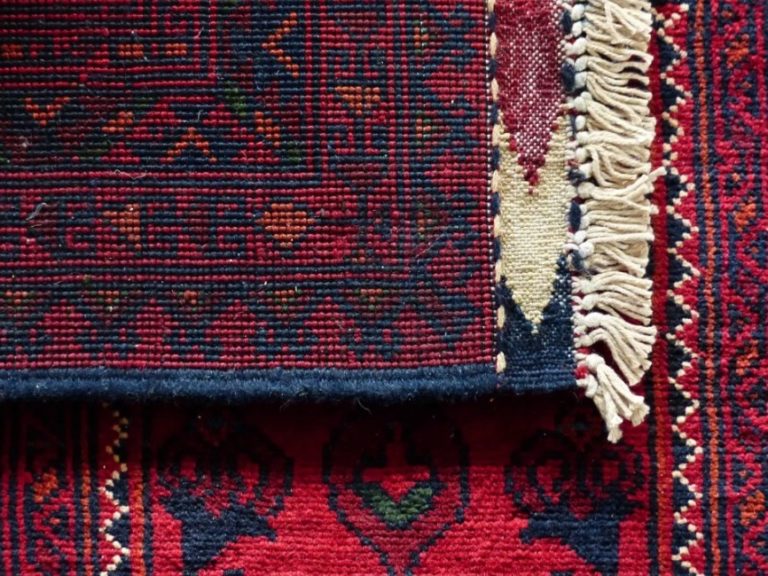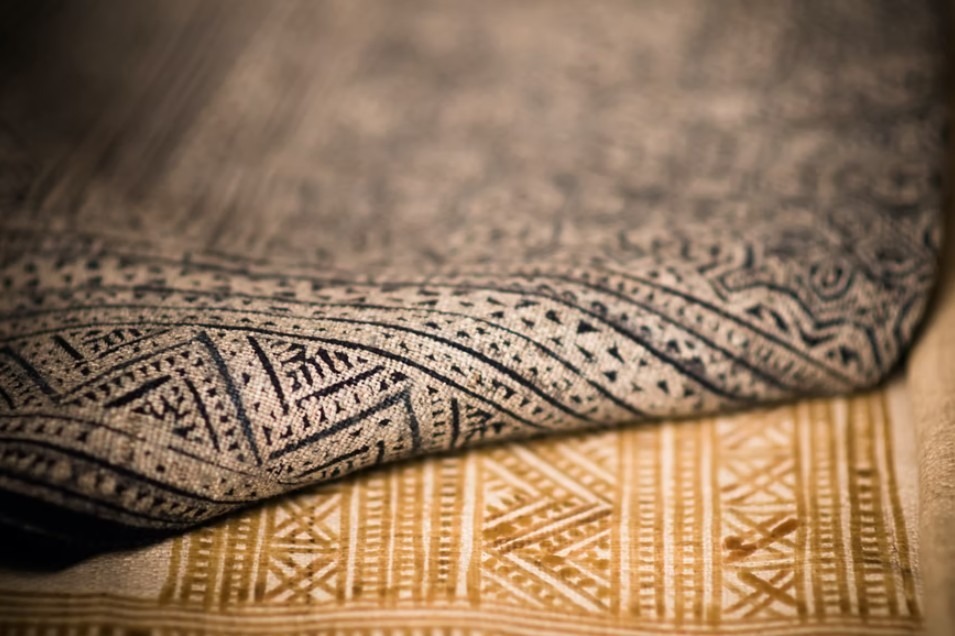The primary draw of carpet as a flooring material is its cushioned surface, which provides warmth and comfort, and the variety of styles, colors, patterns that entices your eye. What brings that difference is the face fiber or the material the carpet is made of.
Carpet can be made of natural fibers, such as wool, silk, cotton, linen, or synthetic fibers, like nylon, polypropylene, polyester, and acrylic. Each has its own characteristics, and depending on your preferences and needs, one may end up better than the other.
With that, here’s a quick rundown of the materials that carpet rolls out of, which help you ultimately choose the right type of carpet for your home.
Nylon
Nylon is the most popular carpet material, with around 75% of homes using them today. It’s little wonder as it performs the best among all the other carpet fibers. Nylon is an all-around material that boasts softness, durability, and good resistance to wear, abrasion, stains, mold, mildew, and rot. Color and styling are top-notch as well, as nylon is pretty easy to dye and retains its appearance and styling well.
Nylon can last between 12 to 15 years if properly cared for, making it the most hard-wearing than other synthetic fibers. While it cost more than other synthetics, it’s still cheaper than wool, making its price worth it, given all the fantastic benefits it offers.
Polypropylene
Polypropylene, also called olefin, is a synthetic fiber first introduced in Italy in the 1950s and has catapulted into popularity since then. It’s the second most popular fiber next to nylon but is more utilized in commercial settings. While it’s not as durable and is relatively harder to clean than its synthetic counterparts, polypropylene’s biggest advantage is being water-resistant and quick-drying. Plus, it’s also resistant to fade and stains. Being almost as soft as nylon and resembling wool but of a lower cost makes polypropylene one of your viable options in the carpet industry.
Polyester
Polyester is best known for its high luster, fade-resistant colors. When compared to nylon, you can quickly tell that it’s more vibrant in color. It’s also hypoallergenic, making it ideal if anyone in your family is extremely sensitive to allergens. If you’re looking for something sustainable instead, polyester is your best bet. It’s eco-friendly and can be made of bottles or recycled polyester.
Though less expensive, be mindful that this material is less durable than nylon and tends to flatten under immense weight. That is why it’s not advisable to use polyester carpets in high-traffic areas in your home. Fortunately, new technologies today are improving the overall construction and performance of polyester.
Acrylic
Acrylic is a synthetic carpet fiber derived from coal-based chemicals or petroleum. Often dubbed as man-made wool, it greatly resembles the latter’s look and appearance at a fraction of its cost. It has good resistance to staining, fading, moisture, mildew, and static electricity but is not as durable and won’t do well in areas with high traffic.
Despite such, acrylic still has lots of positive features to offer, such as being resistant to sunlight, oil, and chemicals and the ability to be painted with vivid colors while preserving it for many years. In general, acrylic fiber’s likeness to wool and cheaper cost make it a good alternative for your home.
Wool
Wool is the most expensive and luxurious carpet material on the market. It lives up to its price as this organic fiber is the softest one you can find. It is naturally stain resistant, but its fiber will suck water and other liquid if left too long. Compared to synthetic fibers that burn, wool is fire-resistant and will char instead, making it a better flooring material to be used in front of a wood stove or fireplace. As it’s derived from sheep and other animals, wool is also an eco-friendly alternative, coming from a renewable source.
While considered as the premium flooring material, wool is not without fault. As a natural fiber, it’s susceptible to damaged mold and mildew that consumers organic substances. With that, it isn’t advisable to use it in areas with higher humidity or moisture. Plus, it’s also a fuel for beetle and moth larvae, which means pre-treatment of insecticide is needed to protect the wool carpet from damage.
Besides those drawbacks that you can work around, wool remains one of the best choices among other flooring materials. It is relatively easy to clean well using carpet powder and a vacuum. Plus, it’s known to retain color superiorly and possess excellent color fastness. Thus, the availability of various designs, patterns, and colors. If maintained well, wool carpet has a long lifespan and is known to age gracefully, adding a high aesthetic appeal to your home.
Other Carpet Materials
There are several other carpet materials available. However, they constitute only a small part of the market and are less common than the five earlier mentioned.
Coir
Coir is a natural fiber derived from coconuts. Only the thick, airy layers or mesocarp fibers are obtained from the fruit’s rind, while the remaining parts are used for making coconut powder or as food. Coir carpets are flexible, hard, and wiry, making you feel harsh underfoot. Decide carefully where to use them, but once you do, expect to have a durable flooring material that can add something distinct to the room.
Jute
Jute carpets are produced from the stem and outer skin of the jute plant. Often dubbed as the Golden Fiber, it has a unique golden and silky luster that can add a unique appeal to any room. However, jute carpets only possess moderate durability, as they are vulnerable to water and sun damage.
Linen
Linen is an old natural fiber obtained from the stem of the flax plant, used for carpets as early as the ancient Mesopotamian era. Linen carpets and great for humid and cool climates and are durable compared to most organic fibers. However, linen is prone to show foot traffic patterns endured through time, which is why you must place it in ideal locations in your home.
Silk
Silk is a soft, shiny, and easily dyed natural fiber produced by silkworms. Silk carpets are one of the most expensive carpet materials, a symbol of nobility, wealth, and splendor in ancient times. While it’s durable, silk is not strong as wool. Yet, they are sometimes blended to create a carpet with silk’s glean and the wool’s weight.
Sisal
Sisal is a soft, durable organic fiber that is naturally sound-absorbing, anti-bacterial, flame resistant, anti-static, and elastic. Adding all those characteristics when used on carpets makes it one of the best alternative flooring materials when you want to reinvent your room. Sisal carpets also come in various color options and rich patterns, so you’ll never have a difficult time matching them to your preferred theme.
Tencel
Tencel is a natural yarn derived from decomposed wool pulps in tree farms. It’s highly breathable, which gives it 50% more resistance to mold than cotton or wool carpets. Tencel is also soft and flexible and retains its shape and vivid colors despite lots of wash, perfect for high-traffic areas in your home.
Cotton
Cotton is widely used in clothes but is utilized in the carpet industry as well. Cotton carpets have insulating attributes, which makes them feel warm underfoot. They also absorb moisture well, have excellent paint adherence, and do not produce static electricity. However, cotton carpets may get damaged when exposed to sunlight or mold for a long time. They also get dirty relatively easier, but fortunately, they are pretty straightforward to clean as well.
Final Words
With those sheer number of carpet materials choices, choosing which one to get for your home can be a challenging task. However, note that the carpet material is only one aspect to check to know if the carpet fits your home and lifestyle. It’s a good thing that you’re already one step ahead in making an intelligent decision with your added understanding about all these carpet fibers.



